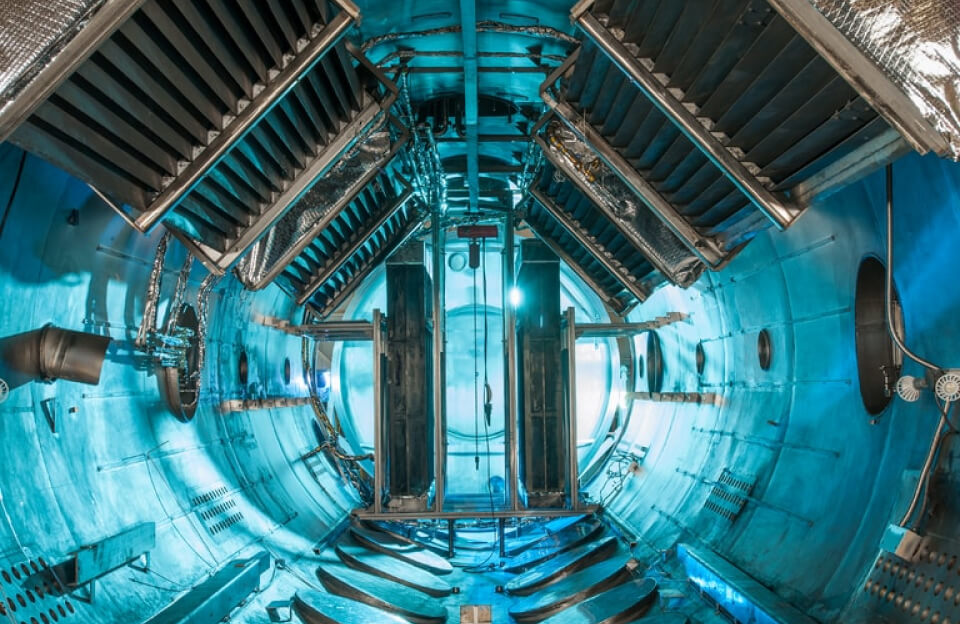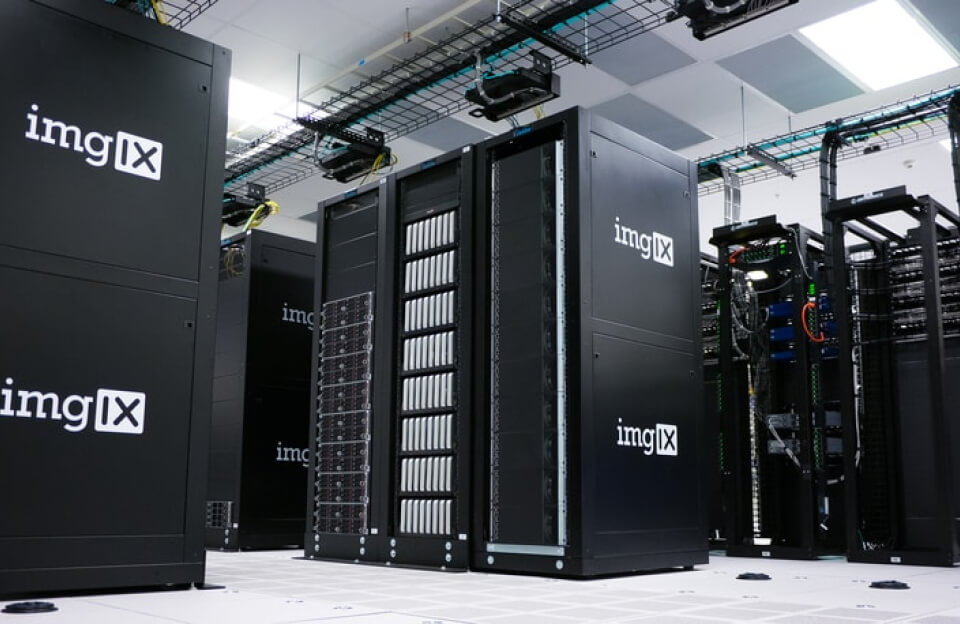The dawn of the age of autonomous vehicles is reinventing transportation across the United States. From driverless taxis to driverless buses, these technologies promise safer roads, less traffic, and better mobility for all. As technology improves and the consumer’s interest shifts towards autonomous vehicles, their adoption rapidly accelerates across the U. S. In this blog, we explore the latest developments and also take a look at the benefits, challenges, and future trends within this revolutionary sector.
What Are Autonomous Vehicles?
Autonomous vehicles, or self-driving cars, are vehicles fitted with advanced technologies like sensors, cameras, and artificial intelligence software that allow for self-navigation on roads without human intervention. These cars differ in levels of automation, from semi-autonomous systems like lane-keeping and adaptive cruise control to fully autonomous vehicles that do not require a human driver.
In the United States, the adoption of autonomous vehicles uses the current technology trends in support of government policymaking and consumer desire for safer, more convenient modes of transport.
Key Factors Driving Adoption of Autonomous Vehicles in the USA
Several factors drive the rapid growth of autonomous vehicles in the United States.
- Enhancements in Technology
The improvements in autonomous vehicles are also a direct consequence of further electronics and technology advances in AI, machine learning, sensor technology, and 5G connectivity. With these technologies, the vehicle can “see” an obstacle, evaluate traffic patterns, and make driving decisions on a real-time basis. Hence, from increased road safety, human error, which is one of the leading causes of accidents, is being considerably diminished.
- Safety Issues
Safety is still considered a priority for American motorists. According to statistics by the National Highway Traffic Safety Administration (NHTSA), human error causes most road accidents. By contrast, an autonomous automobile uses AI systems to take control, wherein it perceives its surroundings, predicts hazards, and acts faster than any human driver could. Consequently, streets in the U. S. could very much become safer for drivers, passengers, and pedestrians alike.
- Support and Regulations by Governments
Then, the U. S. federal and state governments realized the possibilities offered by autonomous vehicles and consequently drew policies and funding schemes to encourage their development and deployment. For example, the states of California, Arizona, and Michigan have put in place regulations for the testing of autonomous vehicles on public roads. And we all know: The government incentives and funding for research fast-track the ability of Americans to build and own safer, smarter self-driving technology.
- Demand for Convenience by Consumers
In the USA, there is an increasing awareness of the need for comfortable and efficient means of transport by consumers. While autonomous vehicles offer a handy driving option along with optimized routing and less stress during a commute, they seem very appealing for urban dwellers contending with traffic congestion and long commuting hours.

Technology Driving the Autonomous Vehicle Industry
The scene for autonomous vehicles is rapidly changing with several innovations at the lead.
Fully Autonomous Cars
In particular, Waymo, Tesla, and Cruise are designing full autonomous vehicles that can perform completely without any human intervention. Using LiDAR, radar, cameras, and AI algorithms, these vehicles safely navigate in urban and highway environments. Furthermore, the systems are learning continuously and adapting to further improve their relationships.
Semi-Autonomous Features
Semi-autonomous systems equipped with modern vehicles include adaptive cruise control, lane departure warnings, and automated parking. These systems serve to provide for safety and make driving smoother for the joy of the driving experience, notwithstanding the partial control the driver has.
Transportation Autonomous
Additionally, autonomous buses and shuttles are also being tested in various U. S. cities for improving the efficiency of public transport. For example, driverless shuttles in Las Vegas and Phoenix reduce traffic congestion while providing residents and tourists with safe and reliable mobility alternatives.
Automated Delivery and Logistics
On the other hand, the logistics industry has also embraced autonomous vehicles to gain in delivery optimization. Amazon and UPS are among those testing self-driving delivery vans and drones to cut down on last-mile delivery costs while gaining in efficiency. This means that the logistics industry is to undergo massive conversion in the next couple of years.
AI and Connectivity
An autonomous vehicle works rather heavily with the AI and V2X communications. This allows the vehicle to interact in real-time with traffic lights, other vehicles, and infrastructure. Improvements occur in traffic flow; accidents occur less often; roads become safer for users.
Benefits of Autonomous Vehicles
While the USA sees the introduction of autonomous vehicles, many beneficial effects are possible:
- Safety: The decrease in accidents caused by human errors.
- Traffic Flow: The faster routing for all vehicles, reduction of congestion, and reduction of commute-time.
- Environmental Benefits: Electric autonomous vehicles reduce emissions and foster greener transportation.
- Increased Accessibility: Mobility solutions for the elderly, disabled, and non-drivers.
- Economic Growth: Job creation in AI, robotics, manufacturing, and infrastructure development.
Challenges Facing the Adoption of Autonomous Vehicles
Nonetheless, autonomous vehicles face hindrances here in America:
- Regulatory Hurdles: Federal and state regulations slow down deployment.
- High Costs: It is expensive to develop advanced AI systems, sensors, and vehicles.
- Public Trust: Many users are still highly skeptical of relying entirely on self-driving tech.
- Cybersecurity Risks: Connected vehicles can be hacked and have their data breached.
- Infrastructure Needs: Roads, traffic signals, and city layouts must be transformed to accommodate AVs.
The past challenges have nevertheless been overcome through the collaboration of car manufacturers, technology companies, and government agencies.
The Future of Autonomous Vehicles in the USA
From afar, the glorious and present promise of autonomous vehicles in the U. S. In 2030, self-driving vehicles might become a serious contingent of U. S. vehicle market. As AI gets more evolved, production tests keep expanding, and the public continues to have trust in it, autonomous vehicles will indeed stand for viability on actual American roads.
The benefits of integrating autonomous vehicles within smart city infrastructure will continue with smooth traffic management, emission control activities, and urban mobility experience. Hence, the logistics, ride-sharing, and public transit industries will get a revamp from which both economic and environmental benefits will ensue.
How Businesses Can Harness Autonomous Vehicles
Businesses in the U. S. can exploit this technology in a multitude of ways:
- Vehicle Automation: For instance, they may cut down operational costs while increasing efficiency through self-driving trucks and delivery vans.
- Ride-Hailing Services: Companies can further develop traditional ride-hailing platforms with autonomous vehicles that are safer and cheaper.
- Smart Logistics: Supply chains and last-mile deliveries can be made more efficient by these companies, using autonomous technology.
- Partnerships and Innovation: Working with AV startups allows companies to leverage cutting-edge solutions at a faster rate.
- Sustainability Initiatives: Electric autonomous fleets become deployment options to achieve sustainability targets and minimize their carbon footprints.
In Closing
Across the United States, transportation industries are about to be revolutionized by autonomous vehicles. Safe, efficient, and green mobility solutions that consist of fully autonomous cars, semi-autonomous systems, and autonomous public transport are redefining the American experience of traveling, working, and living.
Technological advancement will foster policymaking by lawmakers, and finally, public acceptance will translate into the integration of autonomous vehicles in the transportation infrastructure of America. Adopting these innovations today sets businesses and consumers on a path toward a smarter, safer, and more interconnected future.
Investing in autonomous vehicle technology is not just for convenience and comfort-this is working towards an efficient and environmentally friendly transport system for the Canadian populace at large.



